Purl Stitch, Five Different Ways: Introducing Portuguese and Norwegian Knitting
How many ways can we purl or work purl stitches? Knitters often tell me that working the purl stitch is sometimes slower and more cumbersome than working the knit stitch. Let’s look at five different ways we can purl and how they compare.
The purl stitch is a fundamental way of forming stitches for knitted fabric. Knit stitches and purl stitches are building blocks of our knitting and when we use them in combination, they can create stockinette, ribbing, textured fabrics and more.
Following up with a previous post about trying to learn to knit faster, if we want to make knitted fabric faster, we also need to consider making our purl stitches more efficiently and comfortably. So in today’s video, I’m demonstrating five different ways of purling — from English and Lever style (holding the yarn in the right hand) to Continental (holding the yarn in the left hand). I also introduce Portuguese knitting as a way of efficiently making purl stitches. Finally, we talk about Norwegian knitting and the unique “Norwegian purl”.
English Style
Holding my yarn in my right hand, I use my right hand like a shuttle, carrying the working yarn back and forth to throw the yarn over the tip of the right needle. The working yarn is held at the front of the work and entering the right needle tip into the stitch from the back is called “purlwise”.
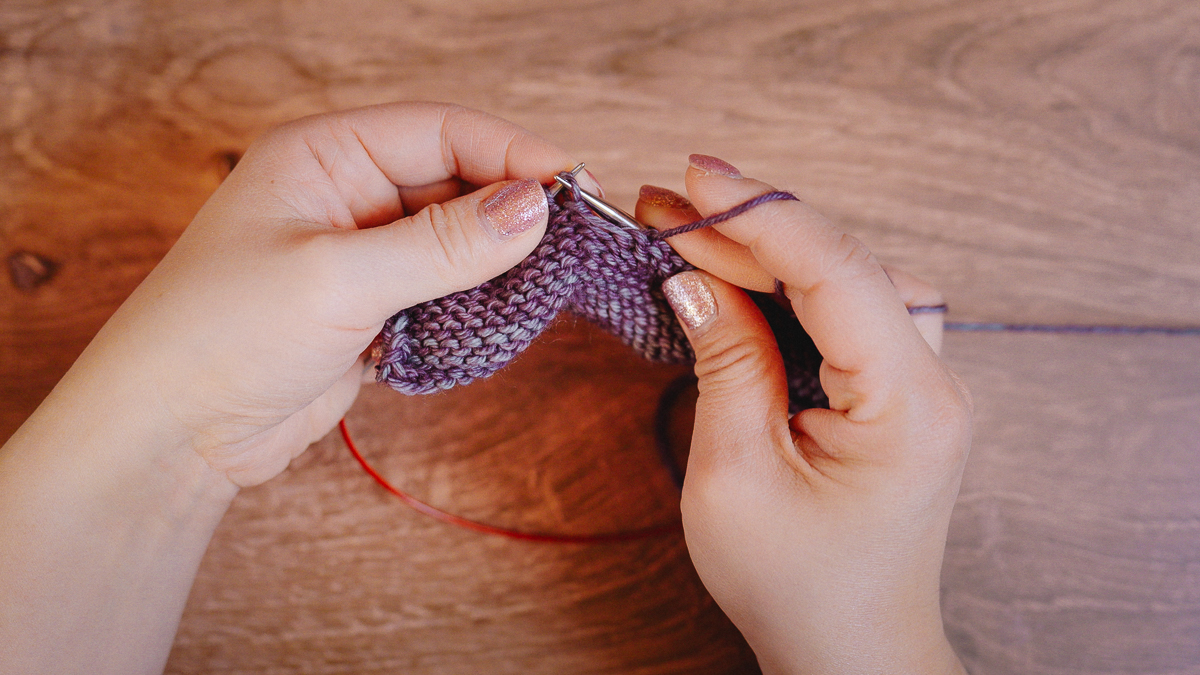
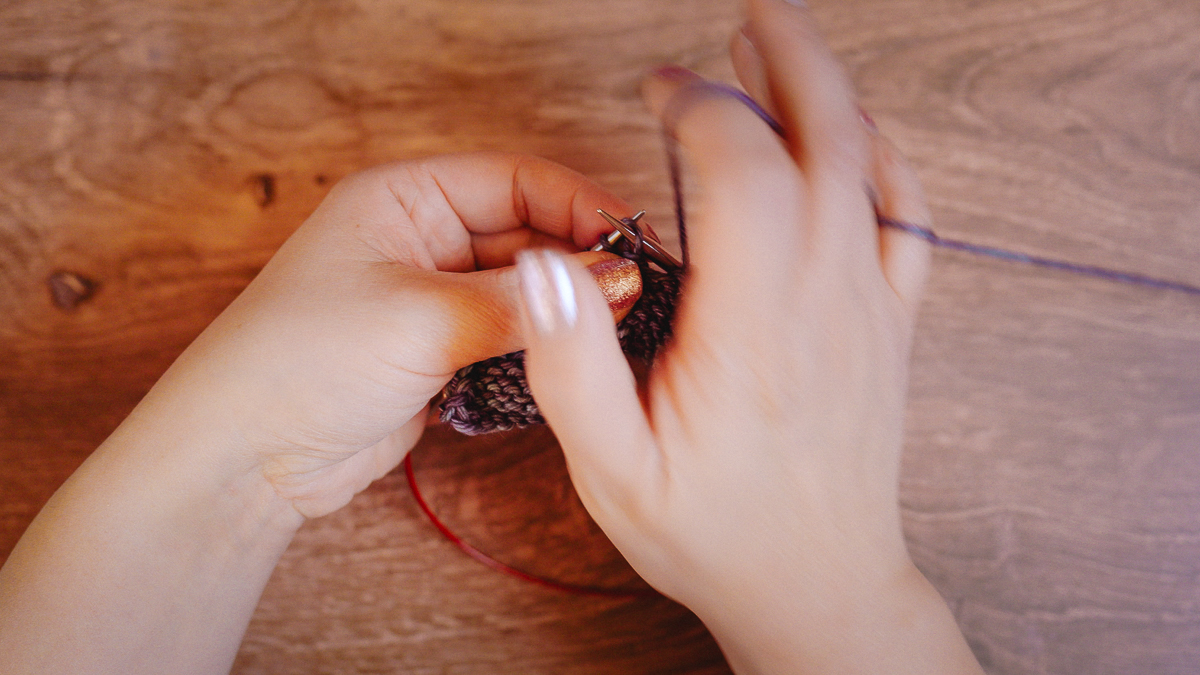
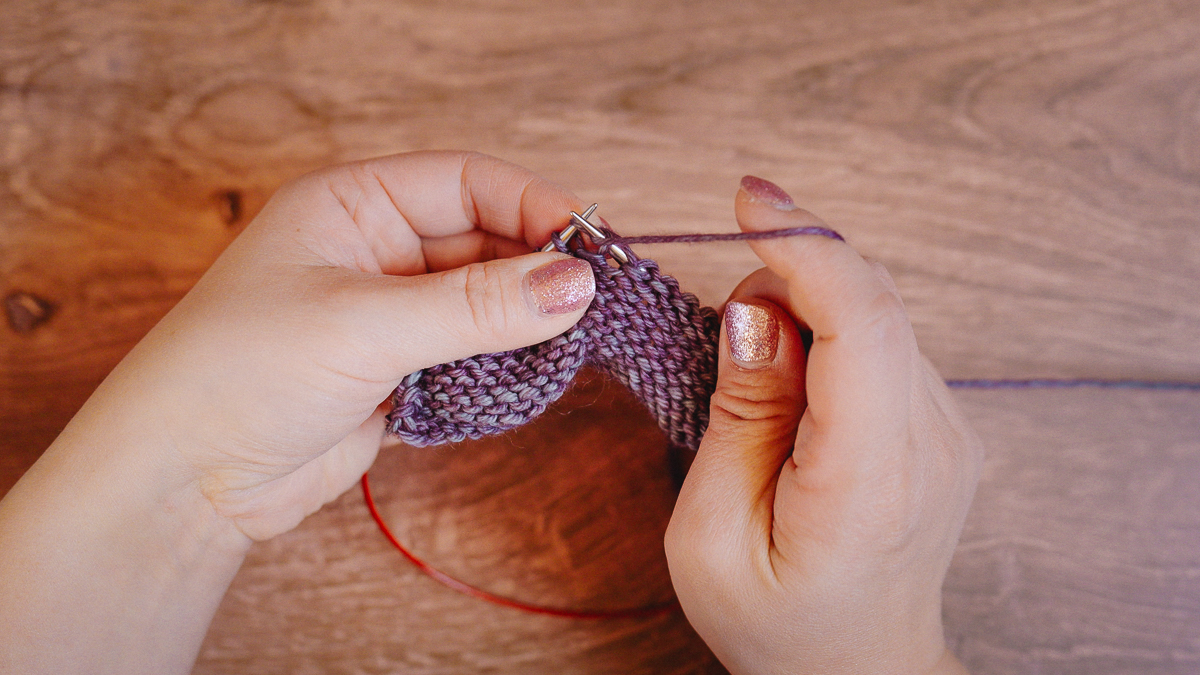
Lever Style
In lever knitting, the yarn is carried in my right hand. I use my right hand like a lever — moving it back and forth in a smooth arc to bring the working yarn down and around the tip of the right needle.
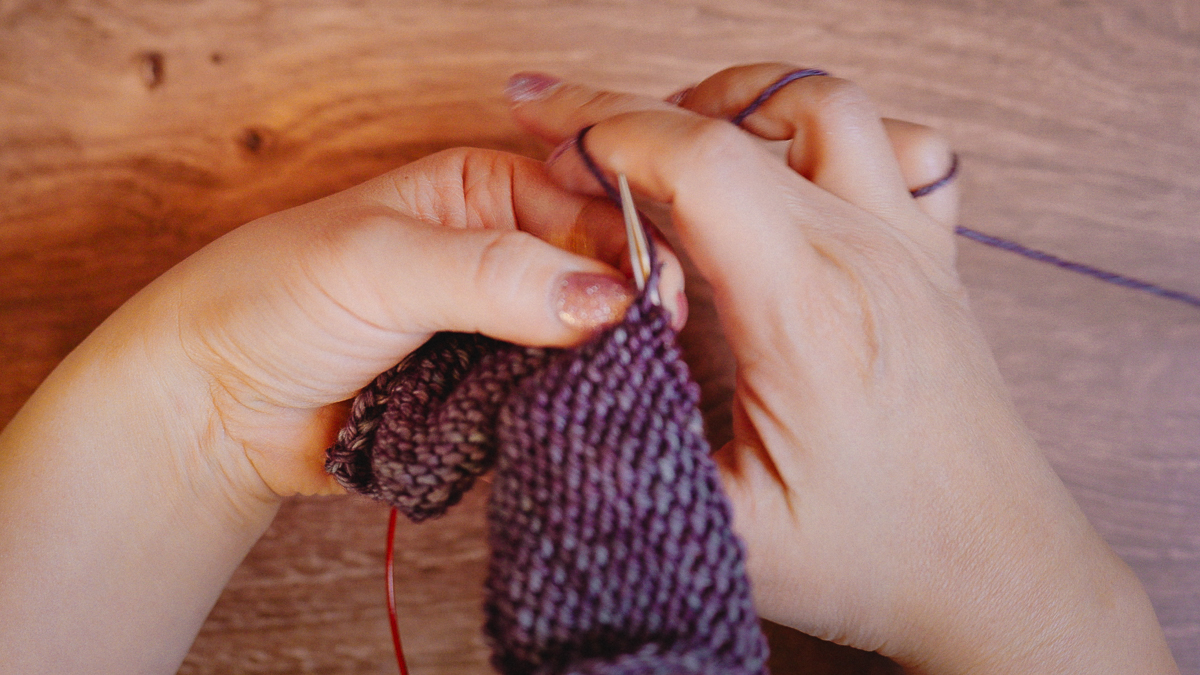
Sorry, this snapshot was out of focus… I attribute that to the fact that I must have been purling super fast here! hehe.
Continental Style
In Continental purling, I hold my yarn in my left hand. I enter the right needle into the stitch purlwise and then use my left index finger to push down on the working yarn to get the new stitch to form on the right needle.
It’s this movement of pushing down the working yarn with the left index finger that seems to slow down the process of Continental purling. In the video, I demonstrate how I actually angle my hands forward and backward to help with this process, rather than relying solely on my finger to do the work.
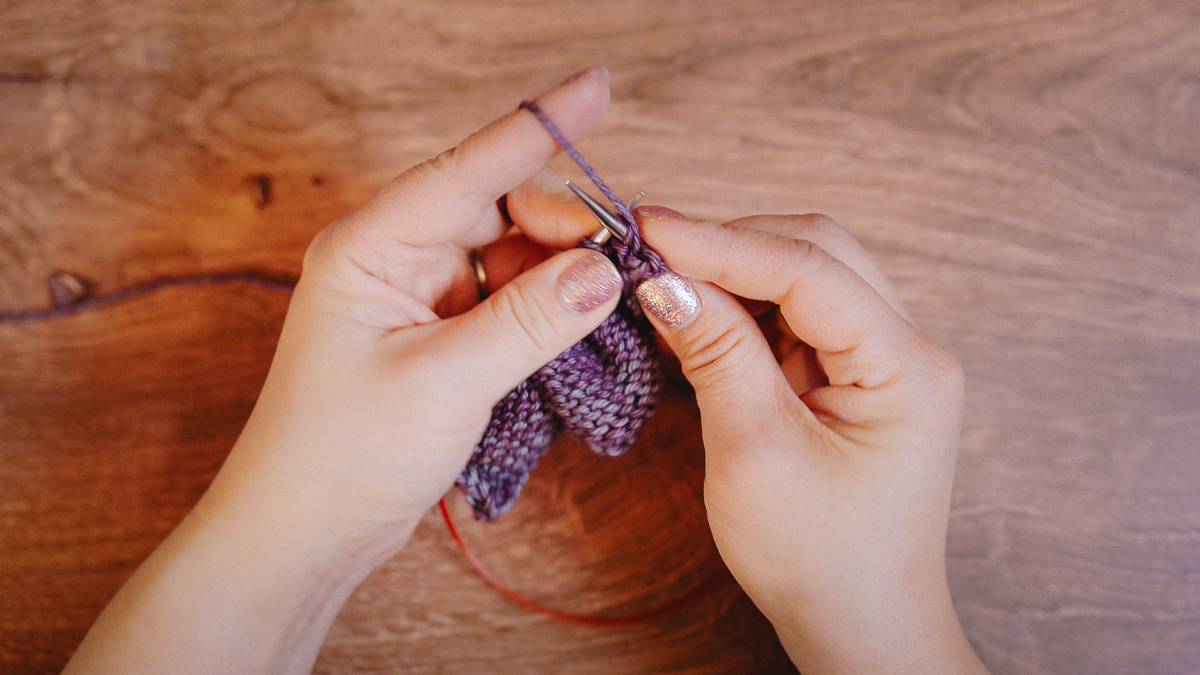
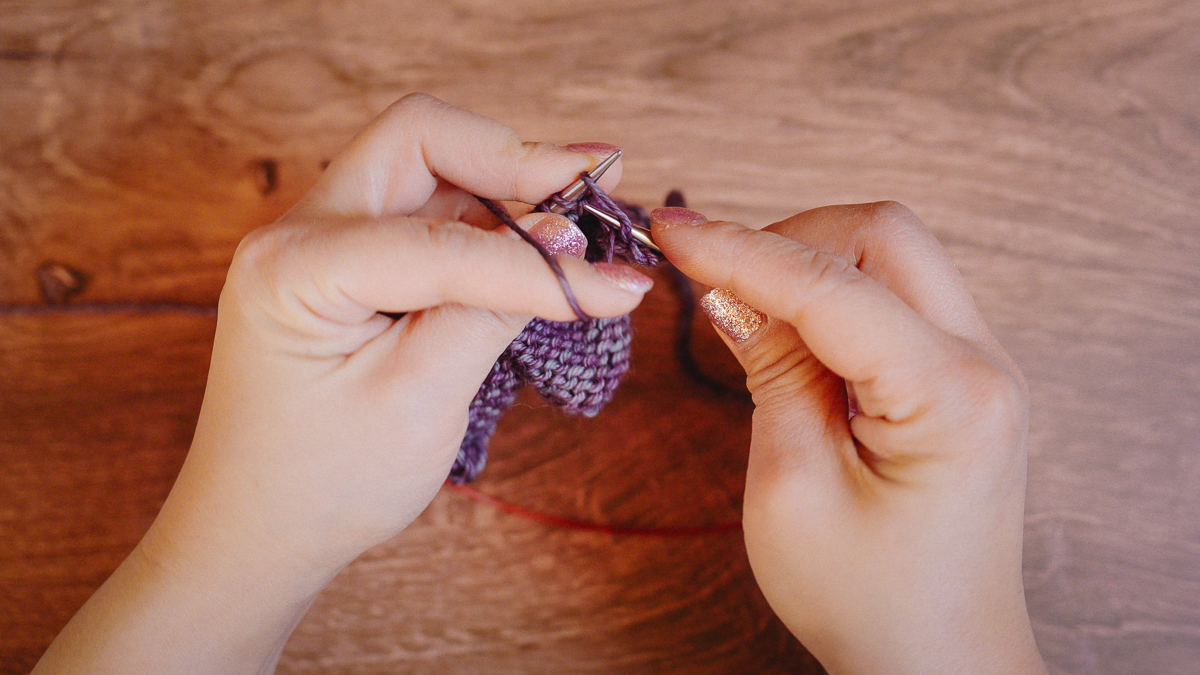
Portuguese Knitting
Portuguese Knitting is a style of knitting that can be very ergonomic and cause less strain and tension on your hands. The working yarn is not tensioned through the fingers of either hand, but instead, is tensioned around the back of your neck or through a pin or necklace. The act of bending the working yarn around something (your neck, a pin, a necklace) produces the tension needed for knitting and purling.
Since the working yarn is tensioned around your neck or a pin, in Portuguese knitting, the working yarn remains at the front of the work, no matter if you are knitting or purling. In this way, working purl stitches becomes very simple. The yarn is already at the front of the work and you use your thumb to flip the working yarn over the right-hand needle to make each purl stitch.
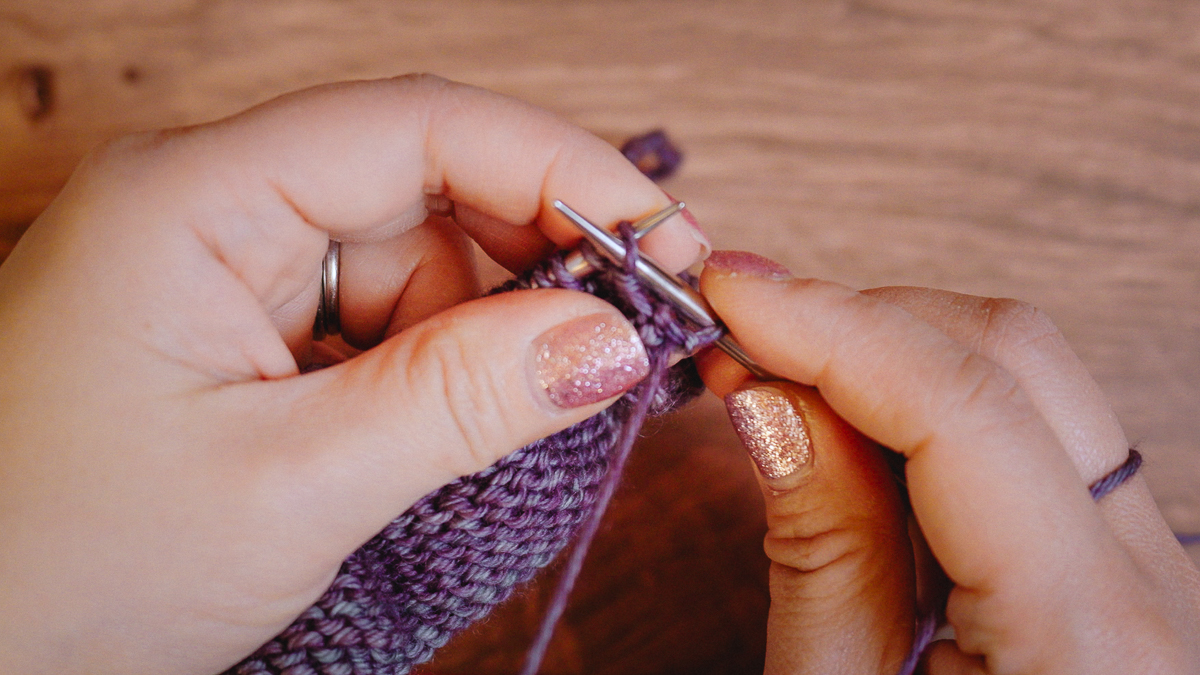
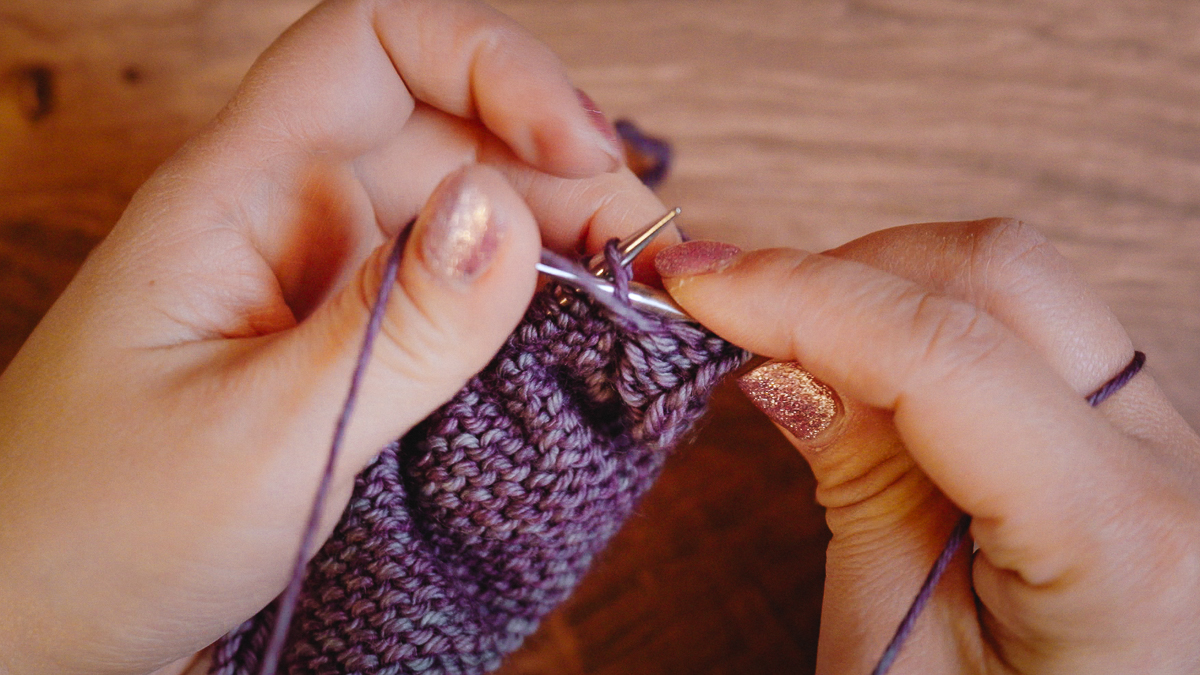
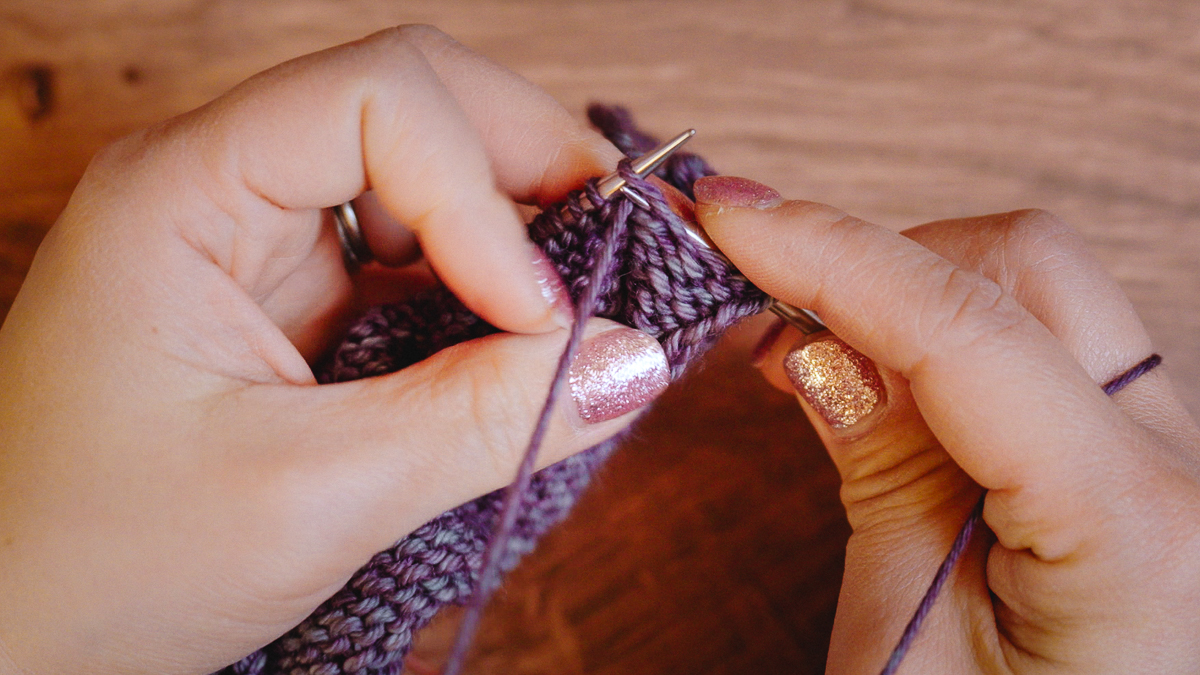
Norwegian Knitting
The Norwegian Purl is a unique way of making purl stitches. In all other purl techniques that I’ve mentioned so far, the working yarn is held in the front of your work. But with the Norwegian Purl, the working yarn is always held at the back of the work. This makes Norwegian knitting very quick and efficient because no time is lost to moving the working yarn from front to back or back to front of your work. In Norwegian knitting, the working yarn remains at the back, no matter if you are knitting or purling.
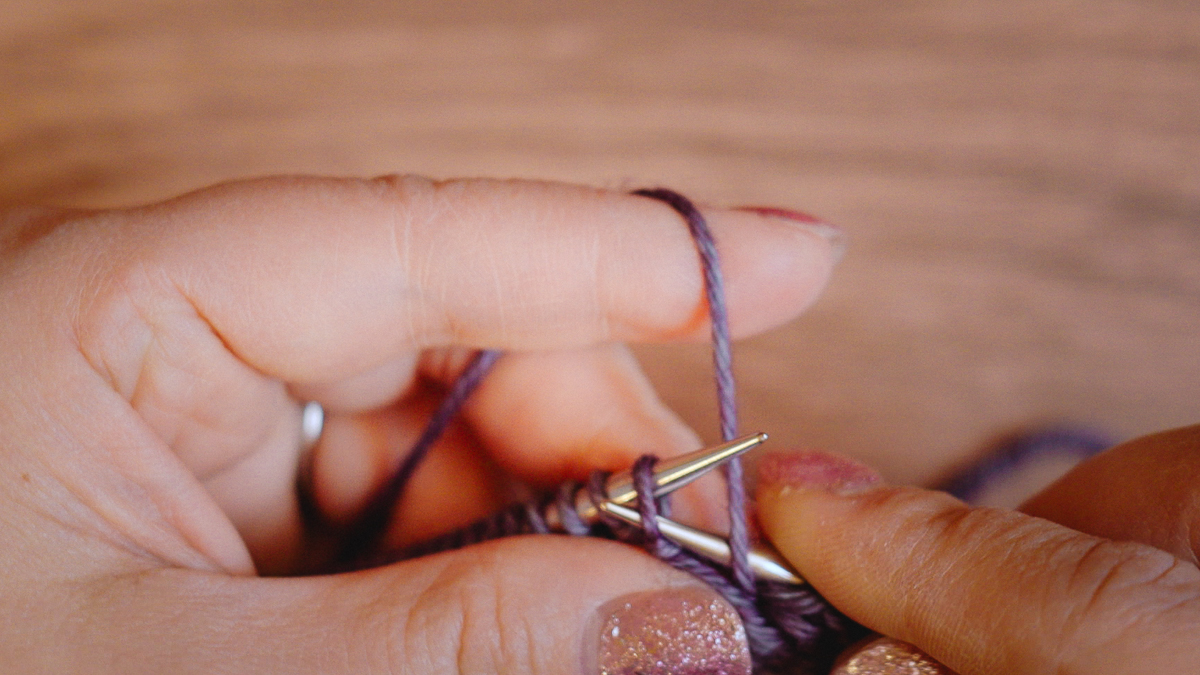
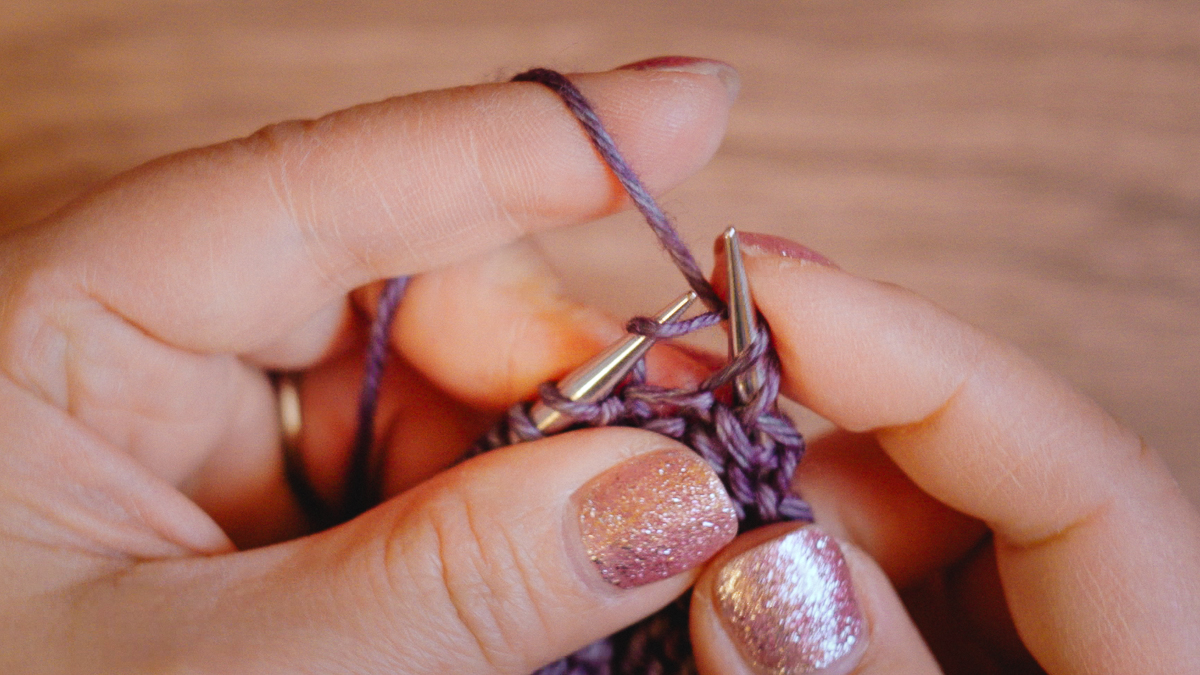
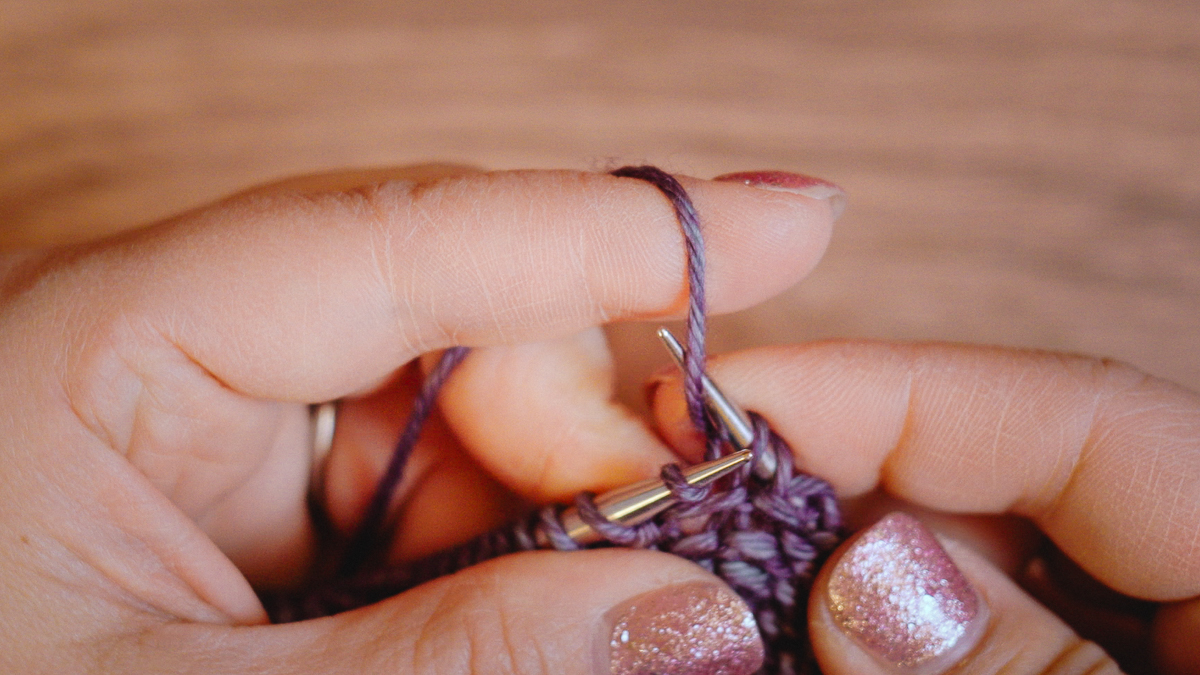
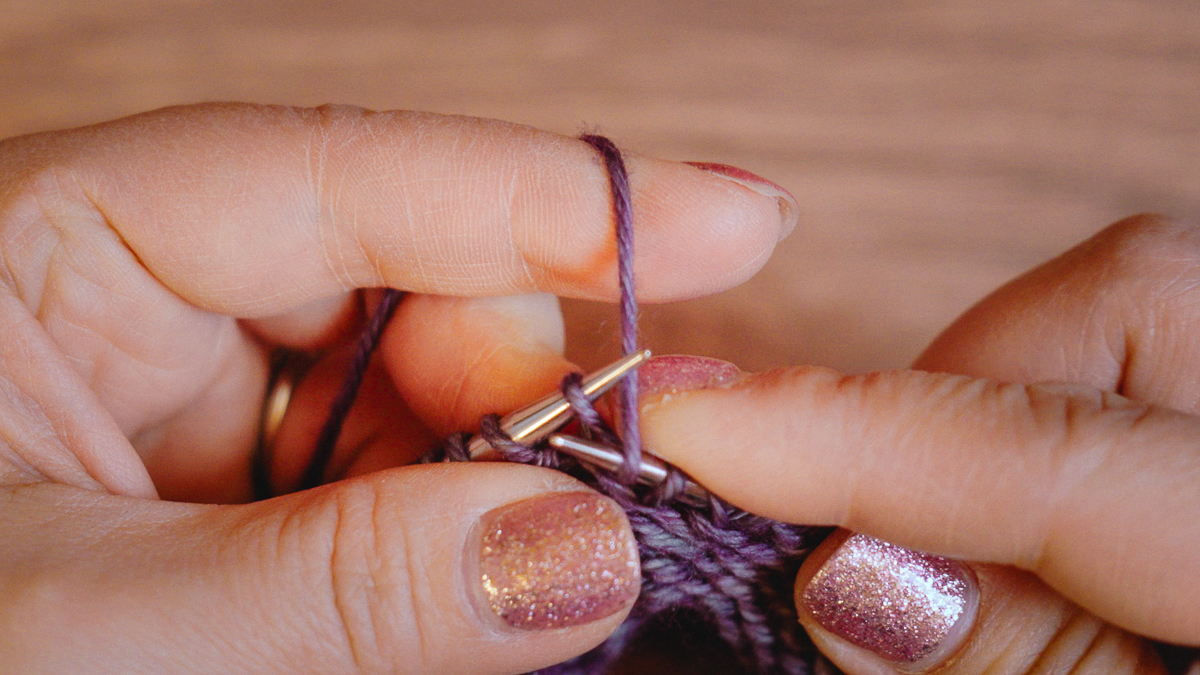
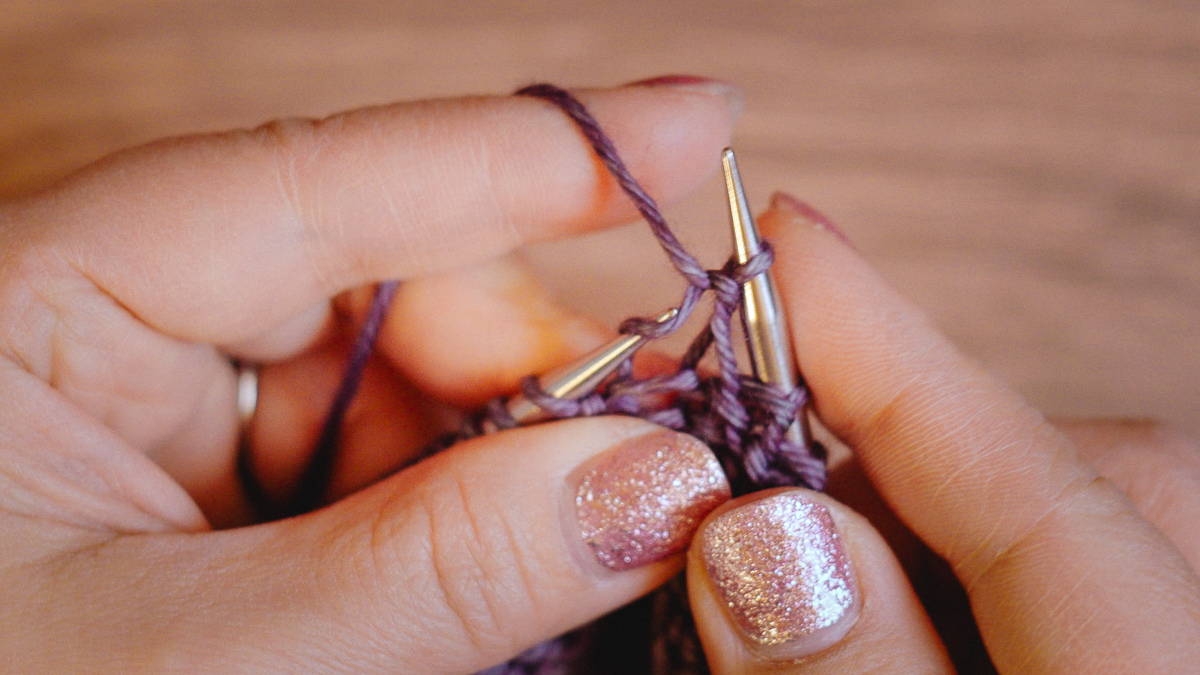
No matter which way you choose to create your purl stitches, just know that learning new techniques will feel a little awkward and cumbersome at first. The more you practice, the more proficient you will feel. For you, it may not be about getting faster with purling, but just feeling more comfortable with the process. Let me know which method of purling works best for you?
The post Purl Stitch, Five Different Ways: Introducing Portuguese and Norwegian Knitting appeared first on SweetGeorgia Yarns.
Comments
Post a Comment